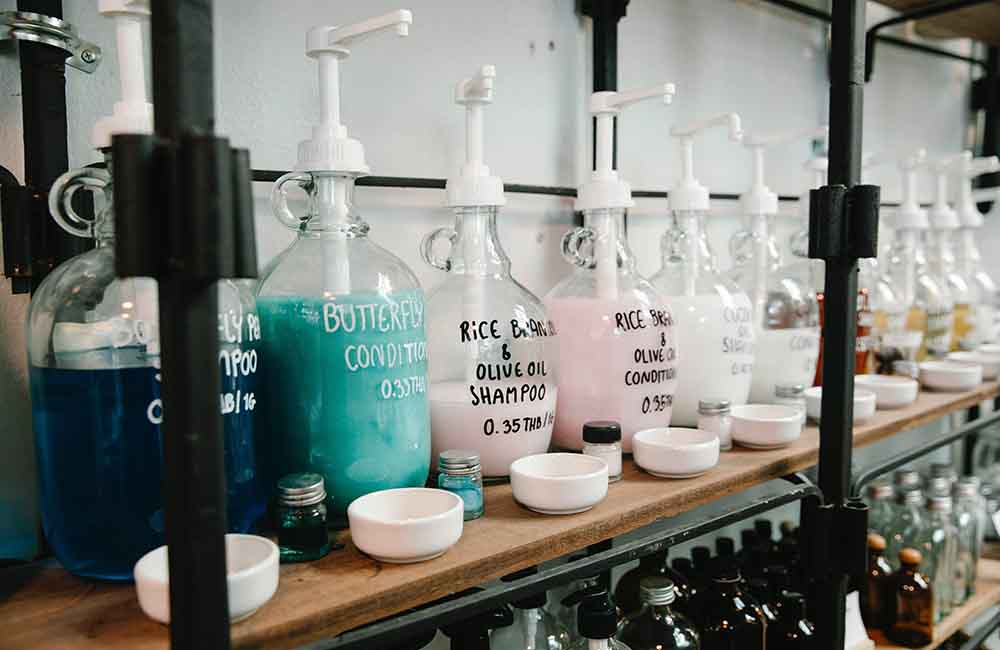Production principle
1. Extrusion spinning is a science that studies the processing of textile staple fibers into yarns. Yarns are generally made of many short fibers of different lengths by splicing, and there are also very long ones. Continuous monofilament twisted together. In the spinning process, the impurities must be removed first, that is, the raw materials are initially processed, also known as the preparation of spinning raw materials. The types of raw materials are different, the types and properties of impurities are different, and the processing methods and techniques are also different. The primary processing methods of raw materials mainly include physical methods (such as ginning), chemical methods (such as degumming of hemp, refining of silk), and methods combining physical and chemical methods (such as washing and degreasing of wool).
2. Unravel the disorderly, horizontally, and tightly connected fibers into longitudinal order, and have certain requirements for the smooth yarn. It is necessary to change the bulk fiber into a single fiber state to release the horizontal connection of the fiber raw material and establish a firm vertical connection from end to end. The former is called fiber loosening, and the latter is called fiber collection. Fiber unraveling is to completely release the horizontal connection between fibers. But fiber damage must be reduced as much as possible. The collection of fibers is to make the loosely processed fibers re-establish an orderly longitudinal connection. This connection is continuous, and the fiber distribution in the collection should be uniform and have a certain linear density and strength. Fiber aggregates need to be twisted. The assembly process is not completed at one time but can be completed after multiple processing such as carding, drawing and twisting.
3. Opening and loosening is to tear large pieces of fiber into small pieces and small fiber bundles. Broadly speaking, hemp degumming is also a kind of opening. As the opening effect progresses, the contact force between the fibers and the impurities is weakened, so that the impurities are removed, and the fibers are mixed. The opening effect and the removal of impurities are not completed at once, but are gradually achieved through the reasonable configuration of the functions of tearing, striking, and dividing.
4. Carding The carding function is to further loosen the small pieces and bundles of fibers into a single state by a large number of dense pins on the carding machine, thereby further perfecting the loosening of fibers. After carding, the horizontal connection between the fibers is basically eliminated, and the effect of removing impurities and mixing is more sufficient. But there are a lot of fibers in a curved shape. And there are hooks, and there is still a certain horizontal connection between each fiber. The earliest spinning machine.
5. The combing function of the combing comber is to use the comb to carry out a more detailed combing of the two ends of the fiber under the holding state. Combing machine processing can eliminate short fibers and small impurities under a certain length, and promote the fibers to be more parallel and straight. Chemical fiber is generally not processed by combing machine because of its neat length, less impurities and good straightness and parallelism.
6. The drafting draws the sliver long and thin, and gradually reaches the predetermined thickness. This process is called drafting. It laid the foundation for establishing a regular head-to-tail connection between fibers. However, drafting will cause unevenness of short sliver segments. Therefore, it is necessary to configure a reasonable drafting device and process parameters.
7. Twisting Twisting is to twist the whisker around its own axis, so that the fibers parallel to the axis of the whisker are helical, thus generating radial pressure to fix the longitudinal connection between the fibers. 8. Winding The semi-finished product or finished product is wound into a certain form, which is convenient for storage, transportation and the processing of the next process. This process is called winding. The winding process should be carried out continuously without affecting the output and quality of the product. Efforts should be made to achieve continuous production between the various processes to minimize the quality problems caused by the winding process. In short, the spinning process generally includes the functions of raw material preparation, opening, carding, impurity removal, blending, drafting, merging, twisting, and winding.











